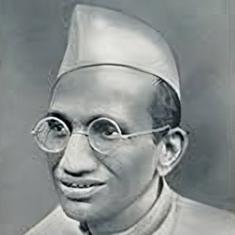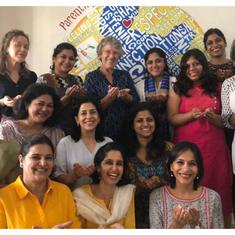These girls could have also become Malala Yousafzai or Sharmeen Obaid Chinoy, but they didn’t.
They were married off in their early teens, and before they could escape childhood, some gave birth to their own children.
Child marriage is widespread in Pakistan. Girls as young as 13 are married off by their parents or guardians. Poverty, illiteracy, religious beliefs, and cultural norms and pressures are some of the reasons behind this practice. For the young mothers, early motherhood is often accompanied with high fertility and poor maternal and child health.
Over the past five decades, though, the situation has improved significantly. A relatively much smaller proportion of young girls is married off today than 50 years ago. Still, much more work is needed to curb such practices to ensure Pakistan’s future mothers and their children can lead healthy and prosperous lives.
Teenage pregnancies are not just a challenge for developing countries. Even the United States is struggling with this challenge. In 2006, the cumulative risk of a teenager becoming pregnant in her teen years was one in three. The US government has been struggling to curb this trend. By 2010, the numbers were down to one in four. Teenage pregnancy, birth, and abortion rates were all down. Greater awareness about contraceptives and their effective use and cultural changes are the reason behind the decline in these numbers.

In Pakistan, though, teenage pregnancies result in additional complexities. In a recent paper published in the Maternal and Child Health Journal, Muazzam Nasrullah and others explore the effect of girl child marriages on fertility in Pakistan.
Using data from the Pakistan Demographic and Health Survey 2006-07, they found that over 50% of married women between the ages of 20 and 24 were married before they turned 18. Most international conventions consider individuals under 18 as children.
The authors believe that the adverse impact of girl child marriages includes high fertility rates (three or more childbirths), frequent childbirth with fewer than 24 months between births, unwanted pregnancies, and pregnancy termination.

Pakistan has made much progress in increasing the average age of marriage for girls, from 13.3 years in 1950-59 to 23.1 in 2006-07. Despite the good work done, one in two young girls is still married off before she turns 18.
This has to change.
The poor health of the teenage mother and her child, and the higher risk for disease and death for both should convince the governments to increase the legal age for marriage.
The main determinants of childhood marriage are the usual suspects. Most child brides have no formal education and live in Pakistan’s rural areas. Of those, who were between 20-24 years old, 75% women reported at least one childbirth. Almost 32% women in the same cohort gave birth to a child in the first year after marriage. Another 20% of 20-24 years old had at least once terminated a pregnancy.
The recent crisis of over 100 reported deaths of children in rural Sindh should be a revelation for the government and the public at large.
On the face of it, drought has been identified as a contributing factor. It could very well be true that these children were of poor health from the beginning and that some of them may have been born to teenage mothers.
The mother and child’s health has to become a priority in Pakistan.
But given the crisis-prone nature of the country, the government’s and the media’s focus will soon shift to yet another crisis, ignoring the deep-rooted crisis of mother and child health.
Pakistan needs to invest in its people to build a prosperous country. It can start by investing in the health of mothers and children to preserve the future generation of Pakistanis.
This article first appeared on Dawn.










